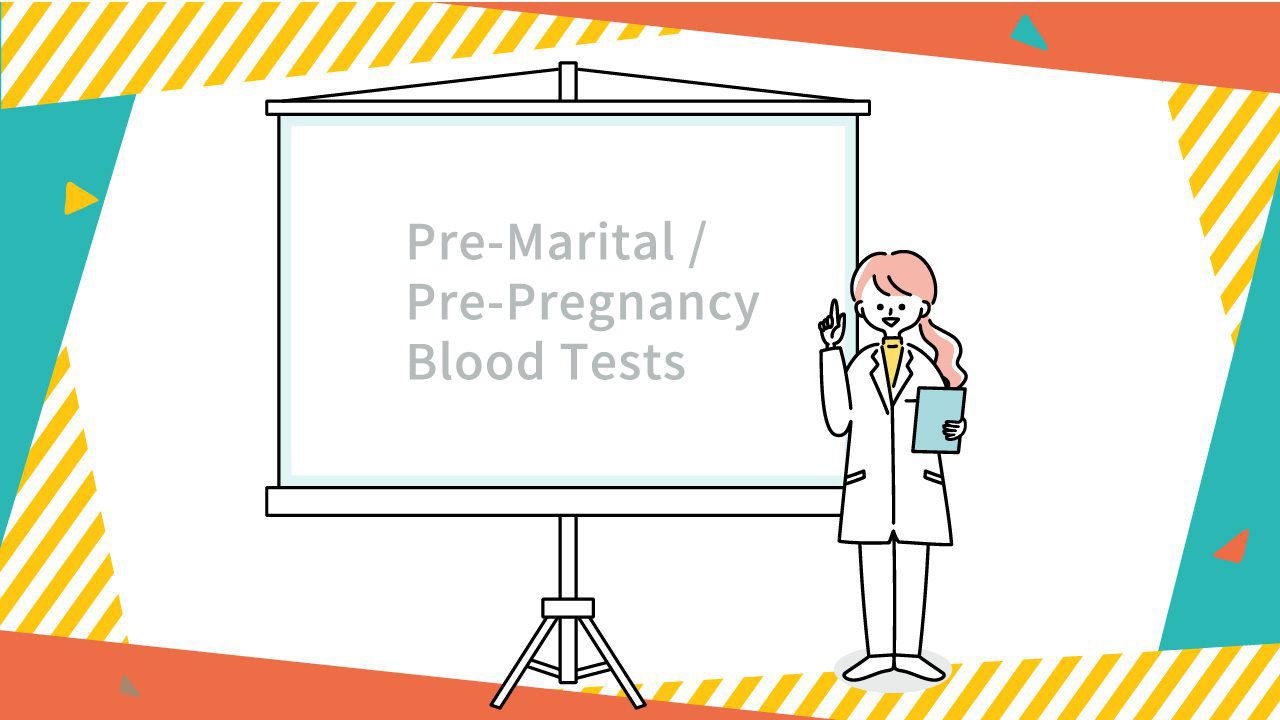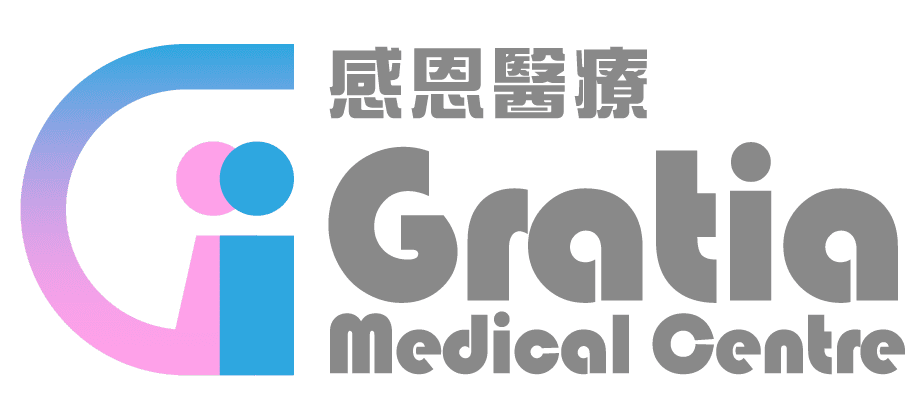What are carrier screening and expanded carrier screening?
When a woman is pregnant or planning to become pregnant, the woman wants everything to go right. While most babies are born healthy, with every pregnancy there is a small chance of having a baby with a genetic disorder. With carrier screening, a woman can learn her risk for passing on an inherited genetic disorder to her child. Carrier screening is a type of genetic test that analyzes a woman and her partner’s DNA to identify whether she and / or her partner are carriers of a genetic disorder, thus providing specific information about their child’s risk for certain genetic disorders. Expanded carrier screening (ECS) means that a panel of inherited genetic disorders is screened in a single sample, the majority of the genetic disorders tested are caused by recessive genes
What does it mean to be a ‘carrier’ of a genetic disorder?
A change in a gene is called a mutation. A mutated gene may become defective. A person carrying a mutated gene may or may not have symptoms, depending on whether the gene is a dominant gene or a recessive gene. For dominant genes, only one copy of the mutated gene will be necessary for a person to be affected by the disease. For recessive gene, both copies of the same mutated gene must be present for a person to have the disease. A person carrying a single copy of a mutated recessive gene is called a carrier. Carriers of a recessive gene are usually healthy and do not have symptoms or have only mild symptoms. They often do not have a family history of the disorder. Therefore, most individuals do not know their carrier status prior to screening.
If the disease-causing recessive gene is located on an autosome, then the condition is called an autosomal recessive disorder. If both parents are carriers, there is a 1 in 4 chance of having a child affected by the condition. There is a 50% any child will be a carrier like the parents.
If the disease-causing recessive gene is located on the X chromosome, then the condition is called an X-linked recessive disorder. If the mother is a carrier of an X-linked recessive condition, there is a 50% chance any son will be affected and a 50% chance that any daughter will also be a carriers.
Who should consider expanded carrier screening?
Carrier screening can provide important information for people who:
![]() are in early pregnancy;
are in early pregnancy;
![]()
![]()
![]()
![]()
![]()
![]()
![]()
![]()
![]()
![]()
![]()
![]()
![]()
![]()
![]()
![]()
![]()
![]()
![]()
![]()
![]()
![]()
![]()
![]()
![]()
![]()
![]()
![]()
![]()
![]()
![]()
![]()
![]()
![]()
![]()
![]()
![]()
![]()
![]()
![]()
![]()
![]()
![]()
![]()
![]()
![]()
![]()
![]()
![]()
![]()
![]()
![]()
![]()
![]()
![]()
![]()
![]()
![]()
![]()
![]()
![]()
![]()
![]()
![]()
![]()
![]()
![]()
![]()
![]()
![]()
![]()
![]()
What disorders are screened for?
The American College of Obstetricians and Gynecologists (ACOG) recommends all women who are considering pregnancy or are already pregnant should be offered carrier screening for spinal muscular atrophy (SMA), cystic fibrosis (CF), thalassemia and haemoglobinopathies. Women with risk factors should be screened for fragile X premutation. Additional screening may also be indicated based on family history or specific ethnicity. The American College of Medical Genetics and Genomics (ACMG) concurs with a similar advice.
Spinal Muscular Atrophy (SMA)
Spinal muscular atrophy (SMA) is a genetic disorder characterized by weakness and wasting (atrophy) of muscles all over the body which usually worsens with age. Depending on the age of symptom onset and the severity of muscle weakness, SMA can be categorized into 3 common types, Type I to III. Types 0 and IV are very rare.
SMA Type I is the most common form of the condition. It is a severe form of the disorder with muscle weakness evident at birth. Most affected babies cannot achieve basic movements such as lifting their head, turning their body or sitting upright. They may also have sucking and swallowing problems. Due to weakness of respiratory muscles causing respiratory failure, most of these babies do not survive past 2 years of age.
Children affected by SMA Type II start to have muscle weakness between 6 and 12 months of age. They can sit without support but cannot stand or walk unaided. They usually can live into their thirties. Individual affected by SMA Type III start to have muscle weakness in early childhood. They can stand and walk unaided initially, but eventually require wheelchair assistance later in life. They typically have a normal life expectancy.
Spinal muscular atrophy affects 1 in 8,000 to 1 in 10,000 people worldwide. It is caused by mutations in the SMN1 gene and is inherited in an autosomal recessive pattern.
Cystic Fibrosis
Cystic fibrosis is characterized by the buildup of thick mucus all over the body, and that can damage the body organs especially the respiratory system and the digestive system, causing many health problems. With improved treatments, many people with cystic fibrosis can now live into adulthood. Most men with cystic fibrosis have congenital bilateral absence of the vas deferens (CBAVD), a condition whereby the tubes that carry sperms (the vas deferens) are blocked by mucus and thus cannot develop properly. As a result, these men are infertile and have to undergo fertility treatment in order to father any children. Women with cystic fibrosis may experience more complications during pregnancy.
Cystic fibrosis is a common genetic disease within the white population, and affects 1 in 2,500 newborns. It is less common in other ethnic groups, affecting about 1 in 31,000 Asians. This condition is caused by mutations in the CFTR gene and is inherited in an autosomal recessive pattern.
Thalassaemia
Thalassaemia is a hereditary type of anaemia. There are two types of thalassaemia: alpha(α)-thalassaemia or beta(β)-thalassaemia.
α-thalassaemia:
A child inherits four alpha(α)-globin genes, two from each parent, that control the production of haemoglobin alpha chain. α-thalassemia occurs when one or more of these α-globin genes fail to work properly. The most severe form of α-thalassaemia is called Hb Bart Syndrome when all four α-globin genes are defective, resulting in a severe form of anaemia. Most affected babies die in utero or soon after birth. Hb Bart Syndrome can also cause serious complications for the mother, including high blood pressure (pre-eclampsia), polyhydramios (excessive amniotic fluid) and premature delivery.
β-thalassaemia:
The production of hemoglobin beta (β) chain is determined by two β-globin genes, one from each parent. The severity of β-thalassemia depends on whether one or both of these β-globin genes fail to work properly. Thalassemia major, also known as Cooley’s anemia, is the more severe form of β-thalassaemia when both β-globin genes are defective. Life-threatening anemia appears within the first 2 years of life, so these children need frequent blood transfusions. Repeated blood transfusions lead to a buildup of iron in the body, resulting in liver, heart, and hormone problems.
Both forms of thalassemia are fairly common worldwide, particularly in Southeast Asia, the Mediterranean countries, Africa, the Middle East, India, and Central Asia. Around 8% of the population in Hong Kong are carriers of either one form of thalassaemia. α-thalassaemia typically results from deletions involving the HBA1 and HBA2 genes, whereas β-thalassaemia is caused by mutations in the HBB gene. They are both inherited in autosomal recessive pattern, although the mode of inheritance for α–thalassaemia is more complex.
Fragile X Syndrome
Fragile X syndrome (FXS) is the commonest cause of inherited intellectual impairment. All male carriers with full mutation suffer from FXS. They present with learning difficulties (IQ less than 70), behavioral problems and some physical features. About 50% female carriers with full mutation suffer from FXS, with mild to moderate mental disabilities, generally less severe than males.
Fragile X premutation carriers do not have any symptoms when they are young. Female permutation carriers may suffer from early menopause, i.e. no periods before 40 years of age (Fragile X associated Primary Ovarian Insufficiency, FXPOI). Both male and female permutation carriers may develop Fragile X Associated Tremor / Ataxia Syndrome (FXTAS), a late onset neurodegenerative when they reach the age of 50 years. A female premutation carrier can pass the abnormal gene to her offspring, and the premutation gene may become a full mutation in the offspring which leads to FXS in her children.
The prevalence of Fragile X premutation in female is approximately 1 in 250-1,000. It is inherited as an X-linked dominant disorder. Fragile X premutation carrier screening is recommended for women with a family history of fragile X-related disorders or intellectual disability suggestive of fragile X syndrome, or women with a personal history of ovarian insufficiency. (For more information, please click here)
In our clinic, we offer an ECS test that covers 302 genes, including the ones recommended for screening by ACOG and ACMG. With this ECS test, many disorders are screened using a single sample, without regard to ethnicity.
How is the test carried out?
You need to see your doctor to discuss the benefits and limitations of the screening test and sign a consent form for the test if you choose to have it done. A blood sample will be taken in the clinic and the result will be ready in 3 to 4 weeks.
What do my results mean?
Negative result: A negative result means that no disease-causing mutations were identified for any of the disorders tested. A negative test provides reassurance because the chance of you having a child with any of the tested disorders is reduced. However, ECS detects known disease-causing mutations on the ECS panel. It is unable to detect all disease-causing mutations for each disease. Therefore, even if your test result is negative, you still have a small chance of being a carrier of the tested disorders, but the chance is much lower than before the test. This is called a residual risk. Furthermore, ECS does not check for all known genetic disorders. Therefore, a negative test result does not guarantee a normal baby.
Positive result: A positive result means that a disease-causing mutation was found, and you are a carrier of one or more of the disorders tested. Being a carrier typically does not affect your own health. However, it does mean that there is an increased risk of having a child with that disorder. The next step is usually to test your partner.
Reproductive options for at-risk couples
If the results show that a couple is at increased risk of having a child with one of the disorders on the carrier screen, the following options can be considered:
![]()
![]()
![]()
![]()
![]()
![]()
![]()
![]()
![]()
![]()
![]()
![]()
![]()
![]()
![]()
![]()
![]()
![]()
![]()
![]()
![]()
![]()
![]()
![]()
![]()
![]()
![]()
![]()
![]()
![]()
![]()
![]()
![]()
![]()
![]()
![]()
![]()
![]()
![]()
![]()
![]()
![]()
![]()
![]()
![]()
![]()
![]()
![]()






